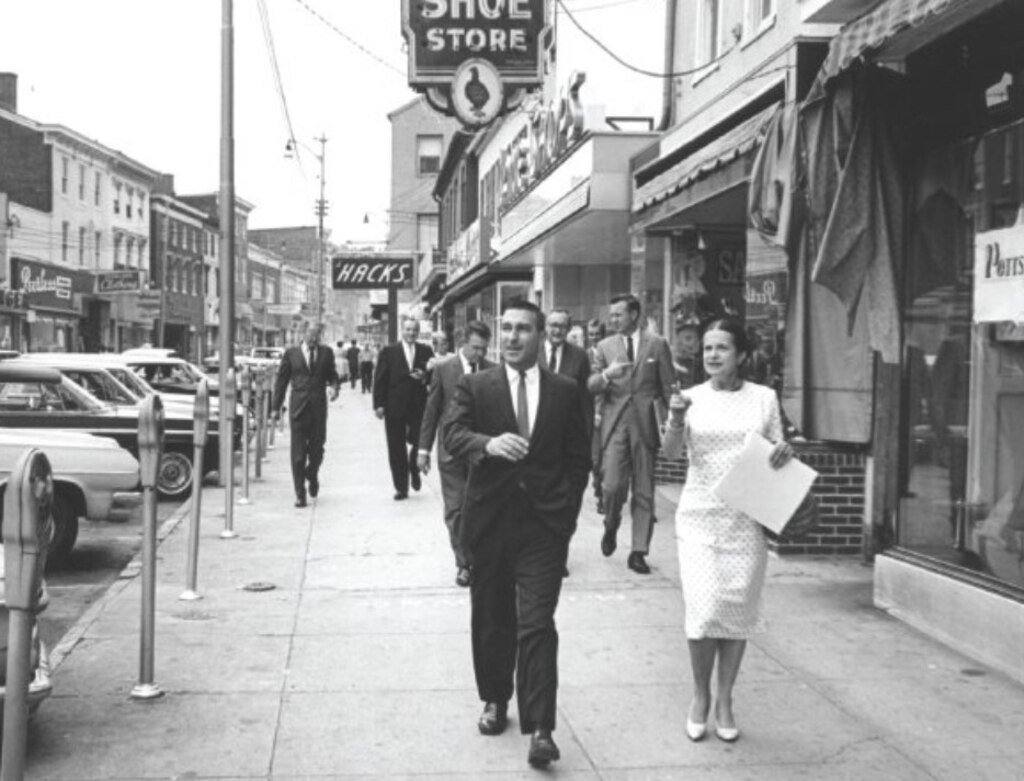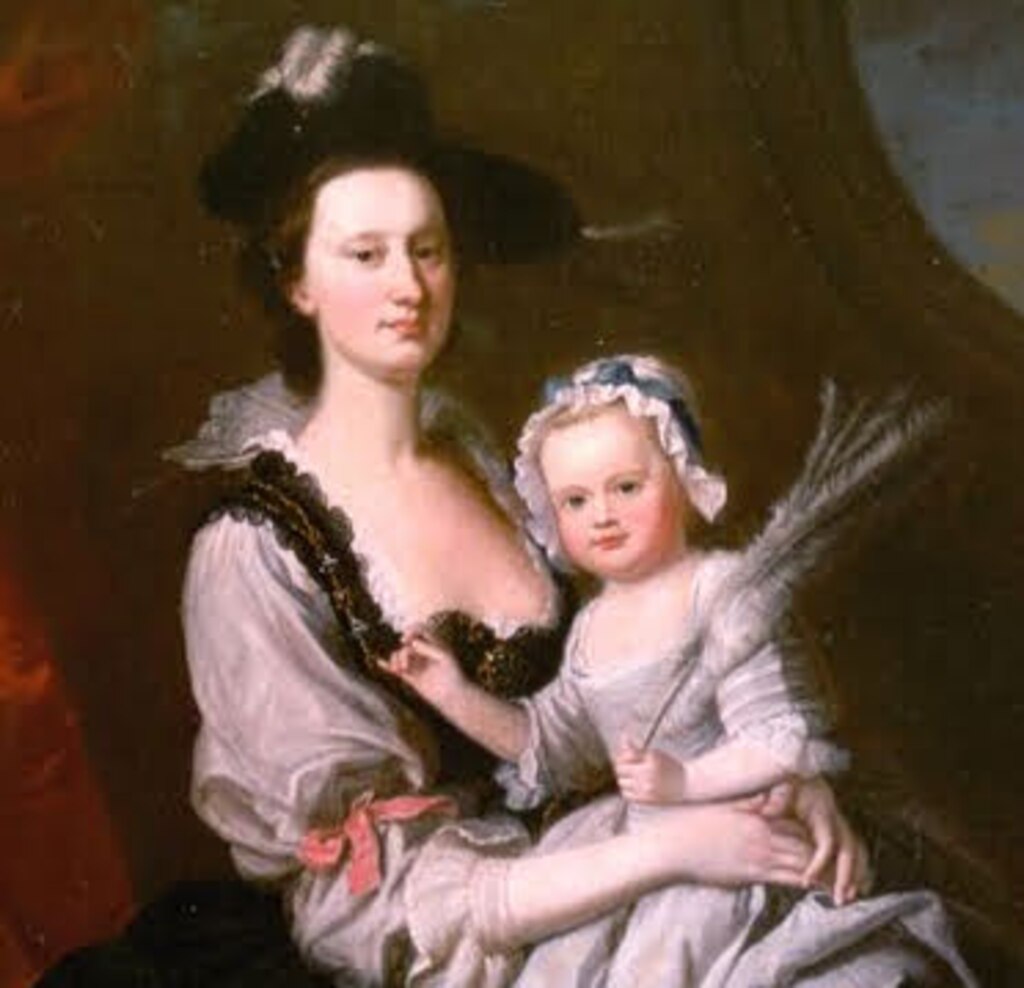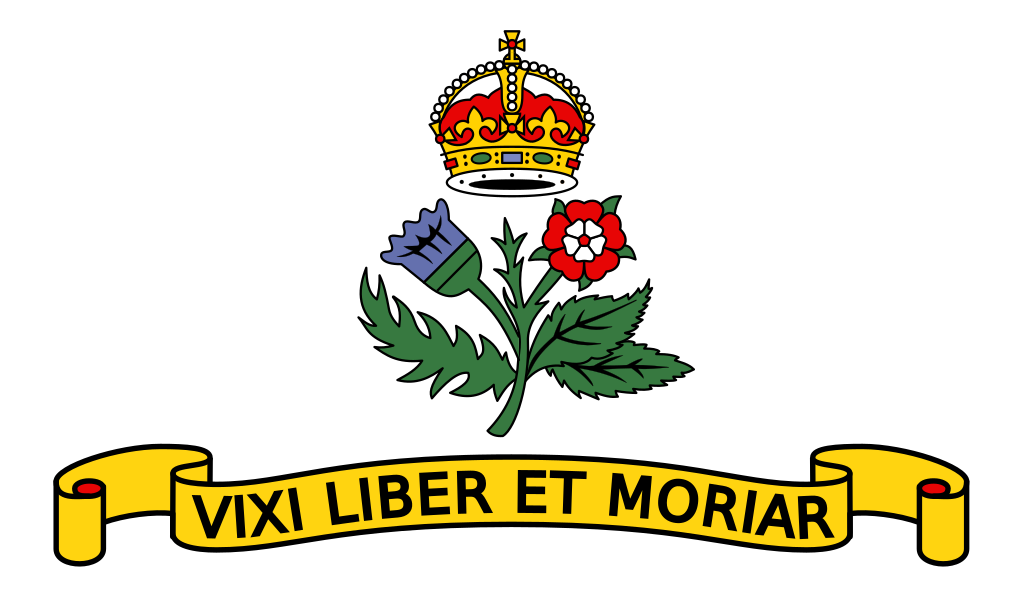Any day is a good day to be Anne from Annapolis, but Thursday might be the best.
This is the city of Anne. It is named for a queen. And, almost from Day 1, it has been populated with remarkable women who share the name.
There was Anne Catherine Green, the Colonial-era newspaper publisher who printed news of a growing rebellion in her city and the colonies, only to die a year before the Declaration of Independence. You can’t forget Anna Linder, the Daughter of the American Revolution, who pulled imagery from the city’s origins to design its official flag in 1966.
The Annes of Annapolis include Anne St. Clair Wright. She helped found Historic Annapolis and convinced the federal government it was worthy of designation as a National Historic Landmark.
Read More
You should know about Ann Burman Gaither, a prostitute whose house was burned by angry patriots because she was entertaining the wrong man.
Thursday is the day to celebrate them all. It will be exactly 330 years since the muddy little patch on the Chesapeake Bay changed its name from Arundel Town to Annapolis.
The rest is just a story of Annes.
“I like my name, it’s very classy, and I like that it goes all the way back to the founding of Maryland,” said Anne Heald, president of the Almost 7:30 Democratic Club.
“I’m an Anne with an e. It’s the spelling in England of the Annes who were royalty. I think of it as the classy spelling.”
The Baltimore Banner thanks its sponsors. Become one.
Look around Maryland. When the English got here, they brought their names with them.
Of course, they did. But they used them with vigor as a form of ownership — graffiti-crazed settlers who overwrote all the names of everything in sight.

Baltimore, Calvert, Charles, Cecil, Leonardtown and Calverton come from Maryland’s Colonial founders. George Calvert, the first Baron of Baltimore, named his refuge for English Catholics after the mother of his king, Henrietta Maria.
His son, Cecil, liked his family names so much that he scribbled them everywhere when his colonists finally arrived in 1632, naming places for him, his son, and his wife, Anne Arundel.
By the time Francis Nicholson was named the first royal governor, political tides had shifted, and the Calverts were out of power — and names. He moved the capital city north, designed the street grid with locations for a new State House, central church and college.
The Baltimore Banner thanks its sponsors. Become one.
On May 8, 1695, he changed the name from Arundel Town in honor of Princess Anne of Denmark, a bold move. She ascended to the throne as the last of the Stuart monarchs in 1702. Six years after that, another royal governor gave Annapolis its charter — creating a mayor, aldermen and City Council.
From that day to this, Annes, Anns and even Annas have witnessed or written the story. You can find many of them in historian Jane McWilliams’ encompassing history, “Annapolis, City on the Severn.”
There was poor Anne Denton, who died of smallpox in 1765. Smallpox killed her family, making her too frightened to get inoculated in the city’s first public health campaign.
Anne Tasker Ogle, the much younger wife of Gov. George Ogle, was a beauty whose looks were so stunning that she was the subject of frequent comment in 1755.
Anne Nelson came to Annapolis with her sister, Jane, in 1772, setting up shop to sell the latest London fashions. But four years later, they got back on the boat and returned to England with other Loyalists at the outbreak of the war.
The Baltimore Banner thanks its sponsors. Become one.
Anne Price was one of six enslaved children of wealthy plantation owner Edward Lloyd IV and Sall Wilks, an enslaved woman who ran his palatial town home. Wilks convinced the Rev. Henry Price to purchase her daughter’s freedom and marry her. The couple formed the first Black church of Annapolis, Asbury Methodist Episcopal.
Ann Catherine Lood returned to her hometown in 1845 as the wife of the first Naval Academy superintendent, Franklin Buchanan. She stayed as his career took him to other posts, and when he turned traitor and joined the Confederacy.

I doubt that any of them got their names in honor of Annapolis. It was a popular women’s name for years, although it’s long dropped out of favor.
Most women named Anne, Ann, or even Annabelle say their names have family links.
“My name was supposed to be Anna, my grandmother’s name was Anna Marie,“ said Anne Wolfe, an active fundraiser for the Annapolis Rotary. ”I was like the 20th grandchild. And she said, ‘How come nobody has been named for me?’“
The Baltimore Banner thanks its sponsors. Become one.
Most don’t have much time to think about living in the city of their namesake.
Annette Bjorntved lived in her husband’s hometown for five years before moving to Kent Island. It never crossed her mind.
“Actually, no,” said Bjorntvedt, a Kent Island resident who lived in the city for about five years. “I never considered myself an Ann.”

You don’t have to go deep into history to find the connection.
Anna Greenburg, a grande-dame philanthropist, has been a leader of the Annapolis Symphony Orchestra and Maryland Hall. Ann Jensen, a journalist and writer, was the final descendant of the Sands family to live in their Revolutionary War-era house.
The Baltimore Banner thanks its sponsors. Become one.
Anne Pearson, daughter of Historic Inns founder Paul Pearson, worked as an environmental activist and helped create the Alliance for Sustainable Communities.
We could count middle names.
Elizabeth Anne Belzer was the first of 55 women to graduate from the Naval Academy in 1980, and actress Mary Ann Jung portrayed Anne Boleyn, the beheaded queen of King Henry VIII, for years at the Maryland Renaissance Festival.
So what should we do for all these Annes?
By the power invested in me by absolutely no one, I declare May 8 to be Anne Day in Annapolis.
Turn to the Annes you know, and the ones you don’t, and say, “Thanks, Anne, just for being you.”




Comments
Welcome to The Banner's subscriber-only commenting community. Please review our community guidelines.